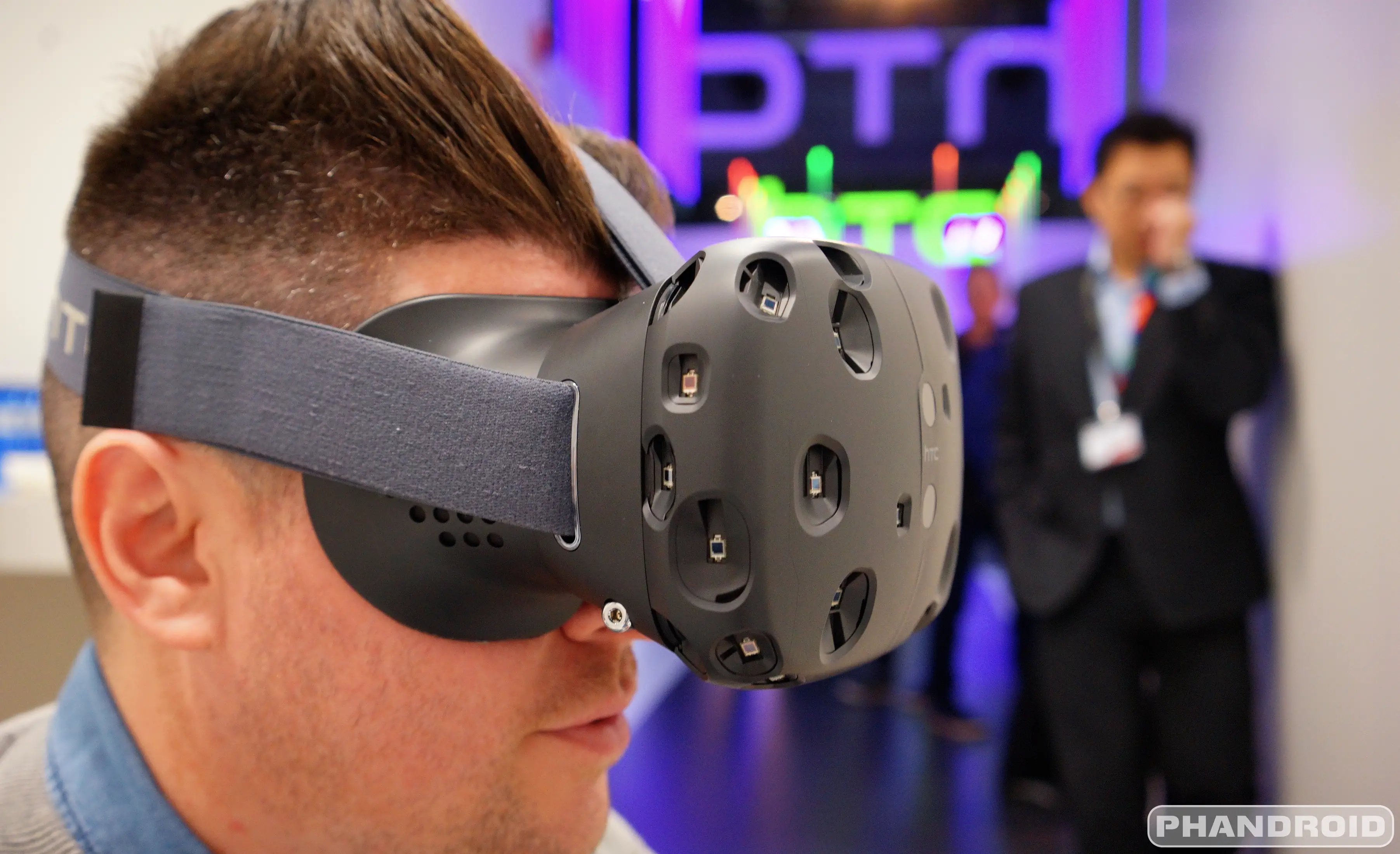VR… It’s so hot right now. VR. Reports of Google working on a more advanced (read: less flimsy) version of their Google Cardboard VR headset have been floating around the net for weeks now. It was only a few days ago we heard this headset would be launching later this year and that, although it would be much more advanced than Cardboard, it wasn’t really at the Oculus Rift or HTC Vive level. Of course, it made sense to assume this would be something more akin to the Samsung Gear VR, which uses your smartphone tethered to your face to do all the computing/displaying of content.
Today, a new report from The Wall Street Journal claims Google will also be launching a completely standalone VR product — no smartphone necessary. This other headset will do all the processing on its own, coming equipped with an integrated display and camera sensors to analyze the world around you. Although this sounds pretty darn advanced, Google is said to be aiming for a “middle ground” experience, so it wont be quite as robust as the HTC Vive or Oculus Rift.
The more advanced VR headset is in addition to Google’s rumored Gear VR competitor, something they could unveil during this year’s Google I/O (along with a new version of Android that’s fully compatible with VR). As for the standalone VR headset, thing are still extremely early at this point and although Google is looking toward a late 2016 launch, the project could be scrapped entirely. It’s possible we could see early prototypes at Google IO as well, we’ll have to wait and see.
[via The Verge]










Comments